
During active hurricane eras, a persistent zone of high vertical wind shear along the U.S. East Coast provides protection from rapidly intensifying hurricanes. With high emissions, that shear is projected to relax.

During active hurricane eras, a persistent zone of high vertical wind shear along the U.S. East Coast provides protection from rapidly intensifying hurricanes. With high emissions, that shear is projected to relax.
In North Carolina's Outer Banks, the coastal Town of Nags Head is vulnerable to flooding from heavy rain events, hurricanes, tropical storms, nor’easters, and storm surge. To add insult to injury, vulnerability is increasing with sea level rise. Town managers and residents recognized the need to build the town's resilience and moved forward to prioritize and plan.
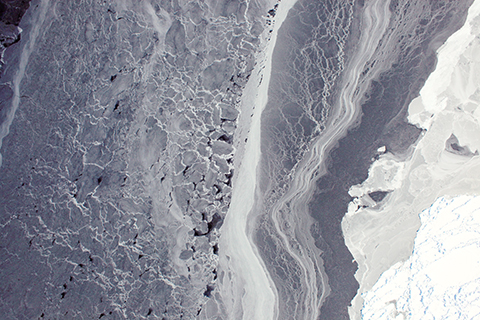
Antarctic sea ice extent hit a record low extent in February, but thanks to large natural variability from year to year, experts say there is still no long-term trend.

Antarctica has not responded as quickly to climate change as the Arctic, but Earth’s southernmost continent is still losing ice. Ice shelf disintegration and glacier acceleration in Antarctica could raise global sea level significantly, and the effects would be keenly felt along U.S. coastlines.
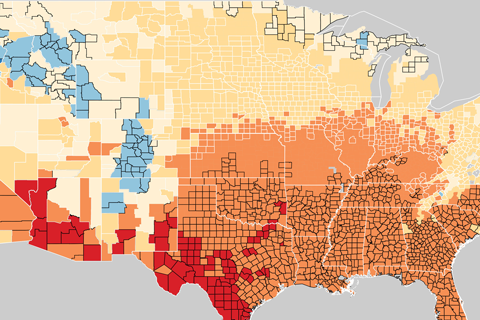
If the world continues to follow a path with high greenhouse gas emissions, U.S. energy expenditures are projected to increase across much of the Lower 48.

A 1°C (1.8°F) increase in average winter air temperature will have a significant impact on Sierra Nevada snowpack, but different parts of the mountain range will respond differently.
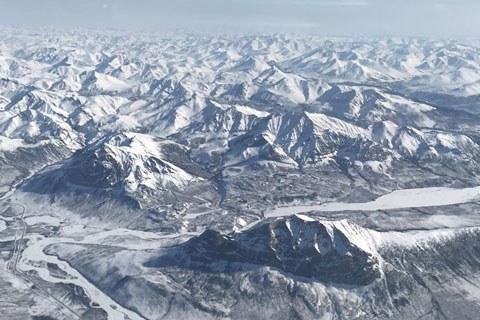
From declining reindeer populations to a younger, thinner ice pack, here are four image-based stories from the 2018 Arctic Report Card.

As oceans warm, harmful algal blooms move northward into regions where populations have little or no prior exposure.
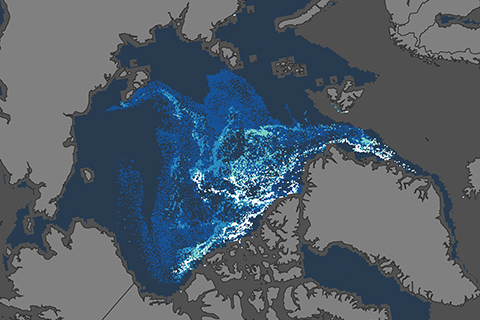
Unlike the rest of us, Arctic sea ice is younger and thinner than it was in the mid-1980s.
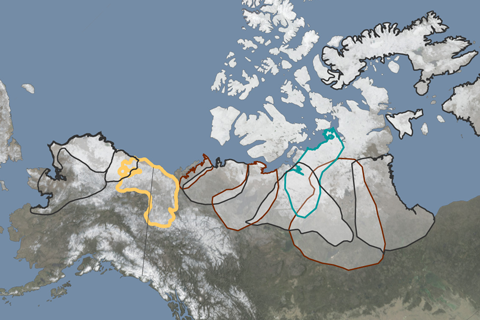
Reindeer and caribou abundance has declined 56 percent over the past two decades.